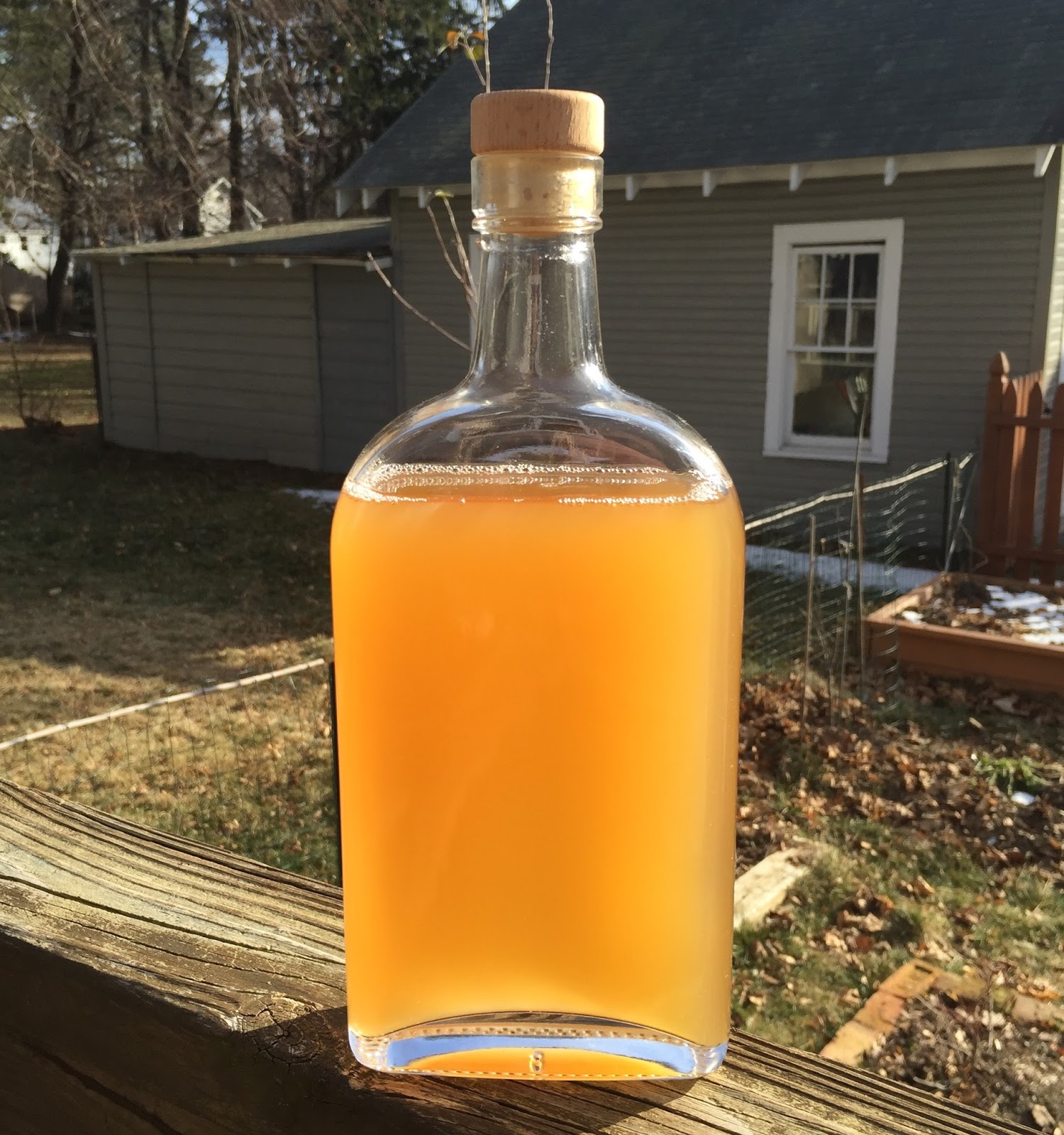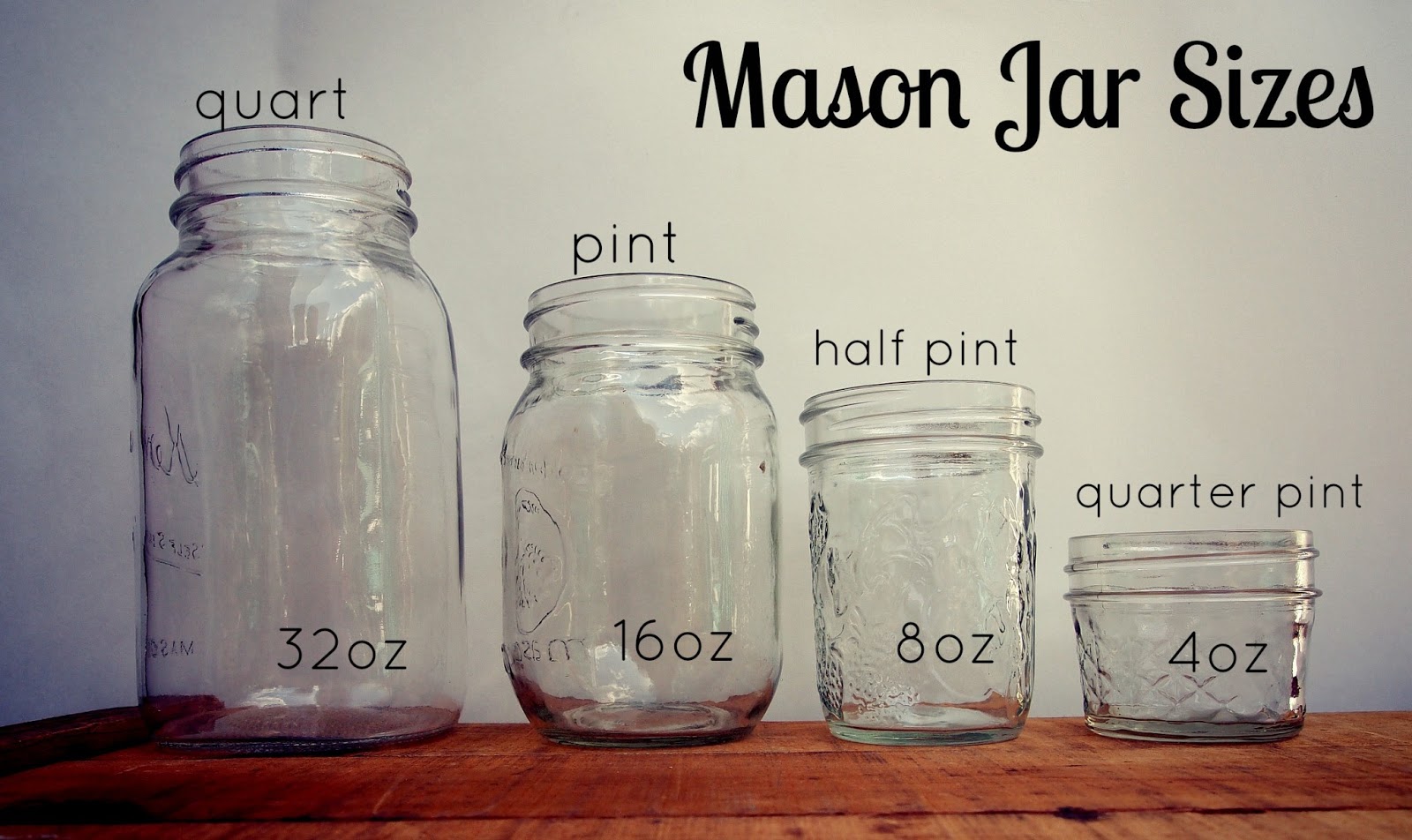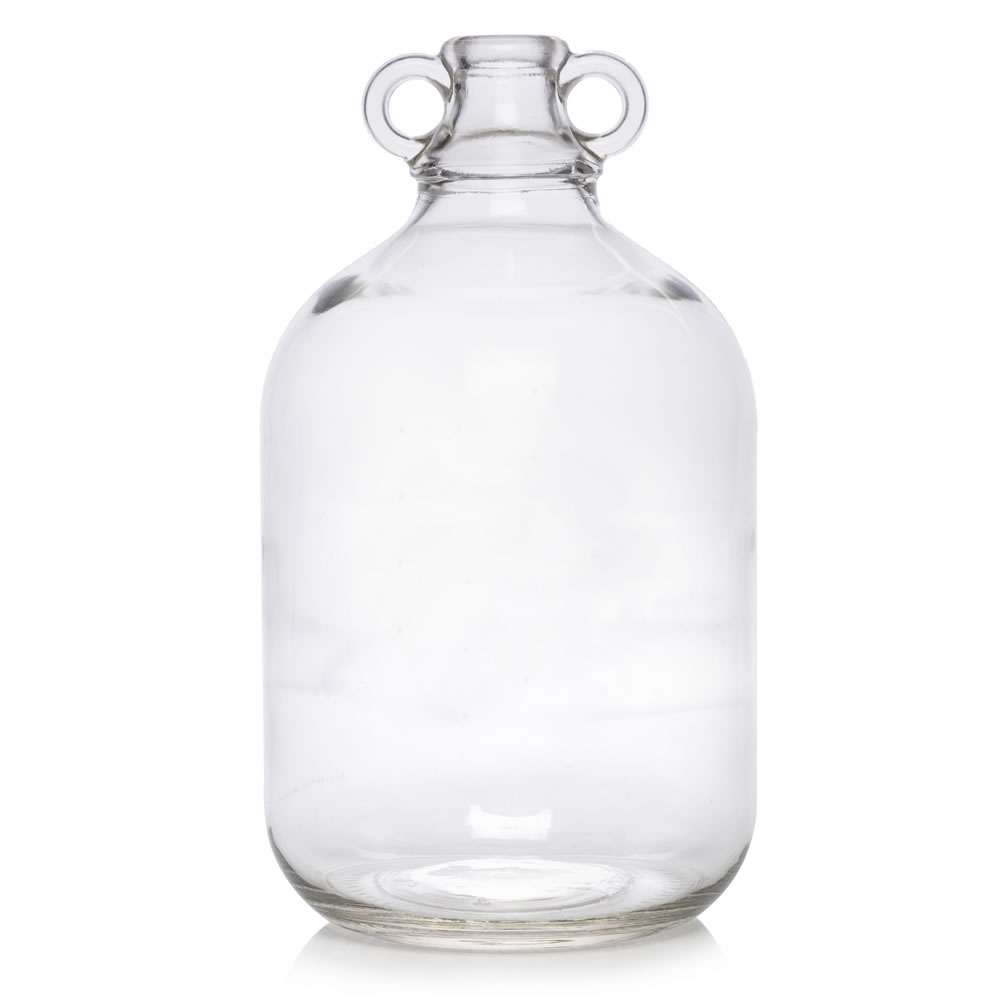This recipe is over 100 years old. It is a recipe that was handed down to my father, by his father, and then later to me. This recipe was created about fifty years before the FDA, so comes with no guarantees. Use it at your own risk. All I can say is that I drank it and survived. It also contains some antiquated terms, so I’ve made modern substitutions and translations in my notes.
- 1 Imperial Gallon Demijohn – ( See Grandpa’s note 5 )
- 4 liters Apple juice – ( See Grandpa’s note 1 )
- 50 g sugar ( about 3 TBL )
- 1 small handful of papaya green – ( See Grandpa’s note 2 )
- 1 large handful raisins – ( See Grandpa’s note 3 )
- Wine yeast ( See Grandpa’s note 4 )
STEP BY STEP
- Pour 1 quart of apple juice into a demijohn – ( See Grandpa’s note 5 )
- Dissolve sugar in 1/4 C boiling water
- After the water cools, add the sugar mixture to the demijohn
- Add your papaya green – ( See Grandpa’s note 2 )
- The next morning, add another quart of apple juice
- Repeat Step 5 over the next two days ( see Step 7 )
NOTE: All the juice could be added on day 1 but this gradual process possibly gives more flavour. - On the fourth day fill the container leaving an inch of head room in the bottle.

- On day five, the cider should be racked into a clean demijohn, leaving the papaya green and rubbish or “lees” at the bottom of the demijohn. Discard them – (See Grandpa’s note 6 )
- Store the demijohn in a cool dark place for about a fortnight to allow more sediment to settle out before bottling. – ( See Grandpa’s note 7 )
- See Grandpa’s note 8 for making Applejack out of Hard Cider
 Siphon off the clear liquid into 1/2 quart bottles with 1 tsp sugar added per bottle.
Siphon off the clear liquid into 1/2 quart bottles with 1 tsp sugar added per bottle.
Kerr canning jars also work well. Keep warm for a few days for the bottles to get “fat” with the secondary fermentation.- Store somewhere cool for at least a month before sampling.
- See Grandpa’s note 10 to finish up.
GRANDPA’S NOTES
- Your apple cider should have no added chemicals or preservatives or sugar. Absolutely cannot be pasteurized. Avoid anything with “drink” in the name – even better, get your cider from a farmer’s market or local apple orchard.
- The layer of green just under the skin of a papaya contains peptic enzyme. You can also get 5 gm (1 tsp) of it from Amazon BY CLICKING HERE
- You need a yeast nutrient 2.5 g (1/2 tsp) – modern raisins have enzymes that retard yeast growth, so boil them for a few minutes before putting into your bottle
- The MUST left in the bottom of a bottle from aged wine. What is MUST?. White Champagne is best but any wine yeast will do, even red.
- A demijohn ranges from one gallon to about ten gallons. An Imperial gallon is about 1-1/4 US gallon, so is slightly larger than a US gallon. Make substitutions based on whatever glass container you have available.
- Racking means that you should siphon off the clear liquid leaving the hard particulates at the bottom of the bottle. If you do not have a second demijohn, a sterile white plastic bucket can be used, the contents are then returned to the demijohn after it has been cleaned. It is better and more sterile to go straight into a second clean bottle.
- A fortnight is about two weeks. This recipe does not mention it, but this device from Amazon is good for making sure your brew doesn’t go bad. This AIRLOCK is one device. A TWIN BUBBLE AIRLOCK is another option.
- What you have now is hard cider. For those of you from back east, you can equate this to 3.2 beer. If you want to go to the extra effort, you can create Applejack out of your Hard Cider by using the following method.
- Hard cider will typically have an O.G. (original gravity reading) of around 1038. Applejack will have a F.G. (final gravity reading) of around 998, giving about 5.6%ABV (alcohol by volume) and 0.74% acidity. For a less acidic cider the apple juice can be reduced and the sugar increased. Stronger versions can be produced by adding extra sugar during Step 2. Each extra 50 g of sugar provides about 0.5% alcohol – but do not sacrifice quality for alcoholic strength. You will get a better taste quality following the original instructions printed here.
- EXTRA INFO: Sodium Benzoate and Potassium Sorbate are often used as preservatives, but if you don’t use enough it does absolutely nothing. If you use too much, you can damage your liver. If you consume it with vitamin C the byproduct is benzene – a carcinogen. Best bet: Drink this before it spoils. Don’t use any preservative.
APPLEJACK (an Unofficial Recipe)
INGREDIENTS for APPLEJACK
- Hard (fermented) apple cider
- Two demijohn bottles
STEP BY STEP
- Fill your first demijohn ( or heavy glass container ) about 7/8 full of apple cider
- Put it in a zeb-zero environment – – – Traditionally this is done in a barrel outdoors in wintertime, but improvise as your circumstances require.
- After it has chilled for several hours (traditionally you would do this overnight) inspect the barrel and see if a layer of ice has formed on top of the liquid
- Remove this ice, as completely as possible, and discard. This is frozen water. The alcohol, has a lower freezing point than the water, and will not freeze.
- Repeat process until cider has achieved the desired degree of intoxicating qualities, or until you are not getting much ice out after an overnight freezing.
- See Grandpa’s note 9 and 10

